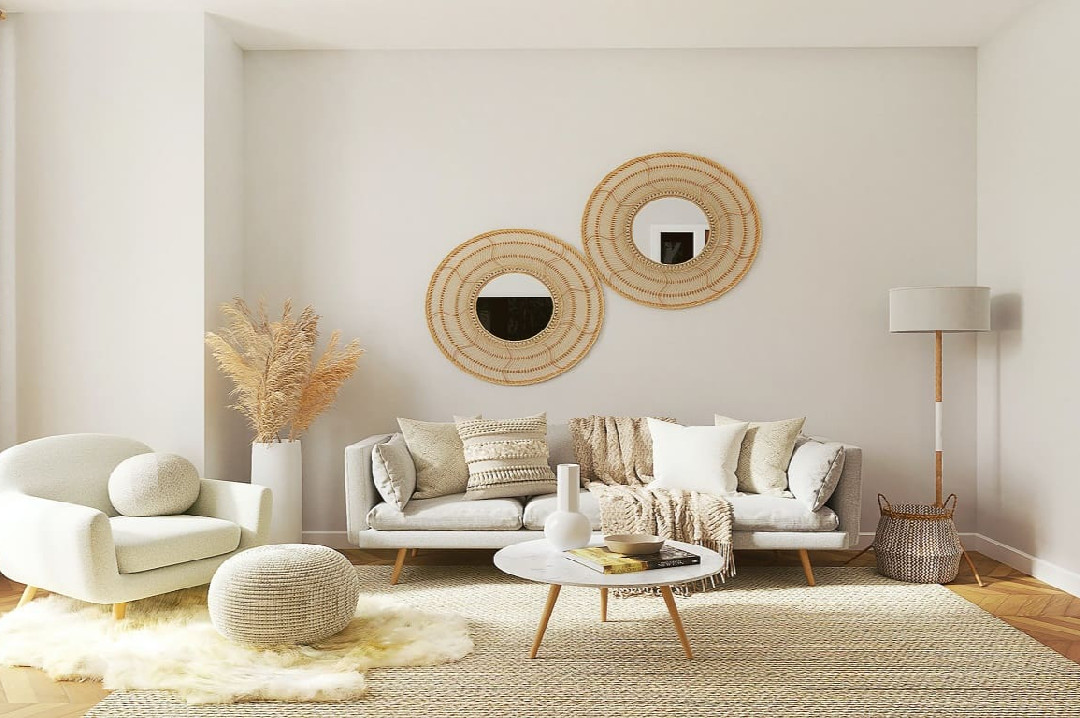Best Materials for Area Rugs
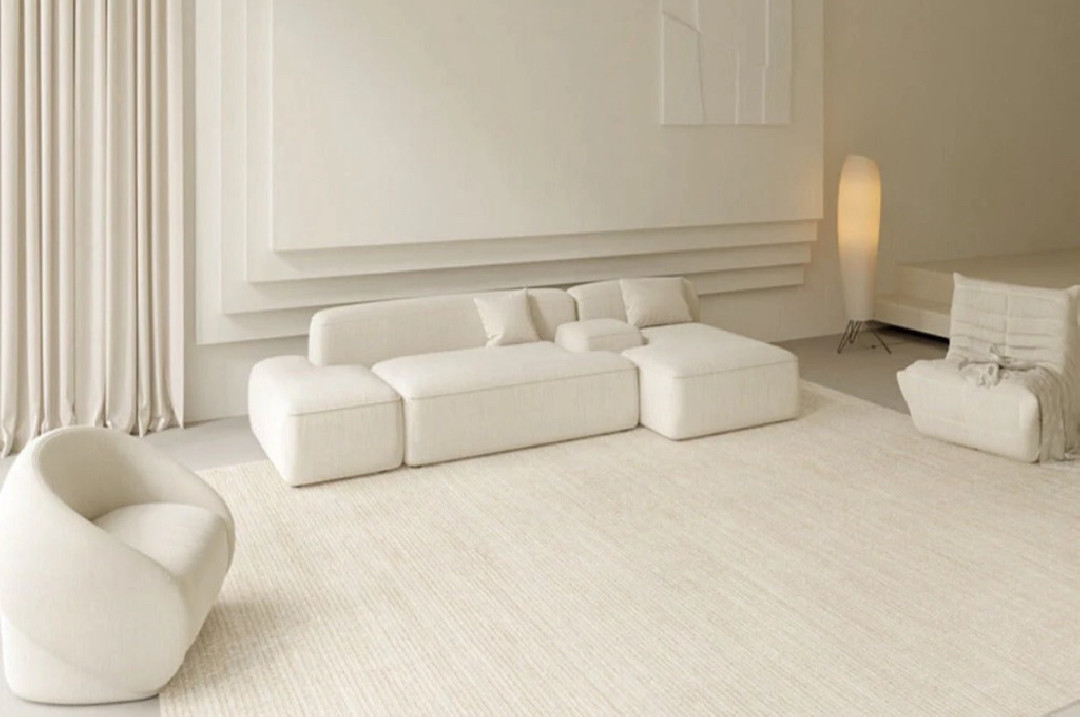
Area rugs are carpets that don’t cover the entire floor. They come in various geometric and irregular shapes and serve as a great solution for those who fancy the softness of carpets but prefer portable, lightweight, and easy-to-maintain designs.
However, area rugs are more than just smaller carpets, they come in various selections of materials, colors, and patterns for swag advantages. Plus, depending on the texture, it could mean a difference between a warm and cold space, a noisy and quiet one, and a scratched and flawless floor surface.
Let’s explore some popular area rug materials and factors to consider when shopping for one of these products.
Area Rug Materials

source : rugsway.com
Humans have been making rugs for millennia, starting with reeds, grasses, and animal hide materials by primitive civilizations, and then wool and cotton then and forever marks of privilege and class.
Eventually, with the discovery of synthetic fiber, demand for durable, affordable, and stain-resistant rugs became a thing as lifestyle evolved and households became places of busy traffic and significant human activity than what was practiced by the nomads of old. Let's look at each one of these materials.
Reeds and Grasses
While you may think carpets made of reeds are a thing of the past, you’d be surprised to learn that some people still find them fancy, especially those who want to give their place an exotic vibe.
These days they are mostly used in coastal-inspired homes though. Reed carpets are eco-friendly and have a natural charm but also the least resistance to stains, water damage and heavy traffic. If you snag yourself one of these, you better use it with care.
Animal Hides
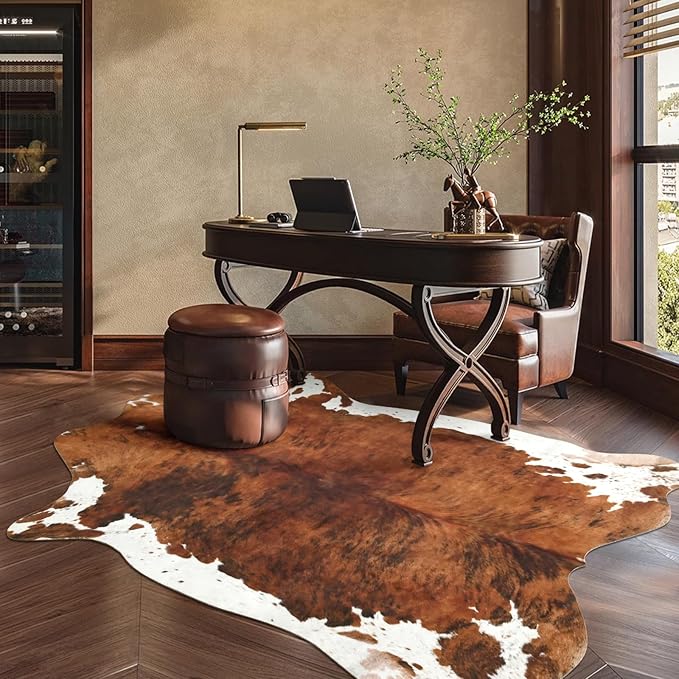
source : amazon.com
Still on the topic of natural aestheticism, some people find rugs made of animal skin classy too. Not only does animal skin provide warmth better than reeds but it also adds natural charm and a touch of sophistication.
However, there is always a higher price to pay for such exotic things in terms of the price and regular maintenance. Plus, there are ethical concerns with the whole animal hides thing.
Wool
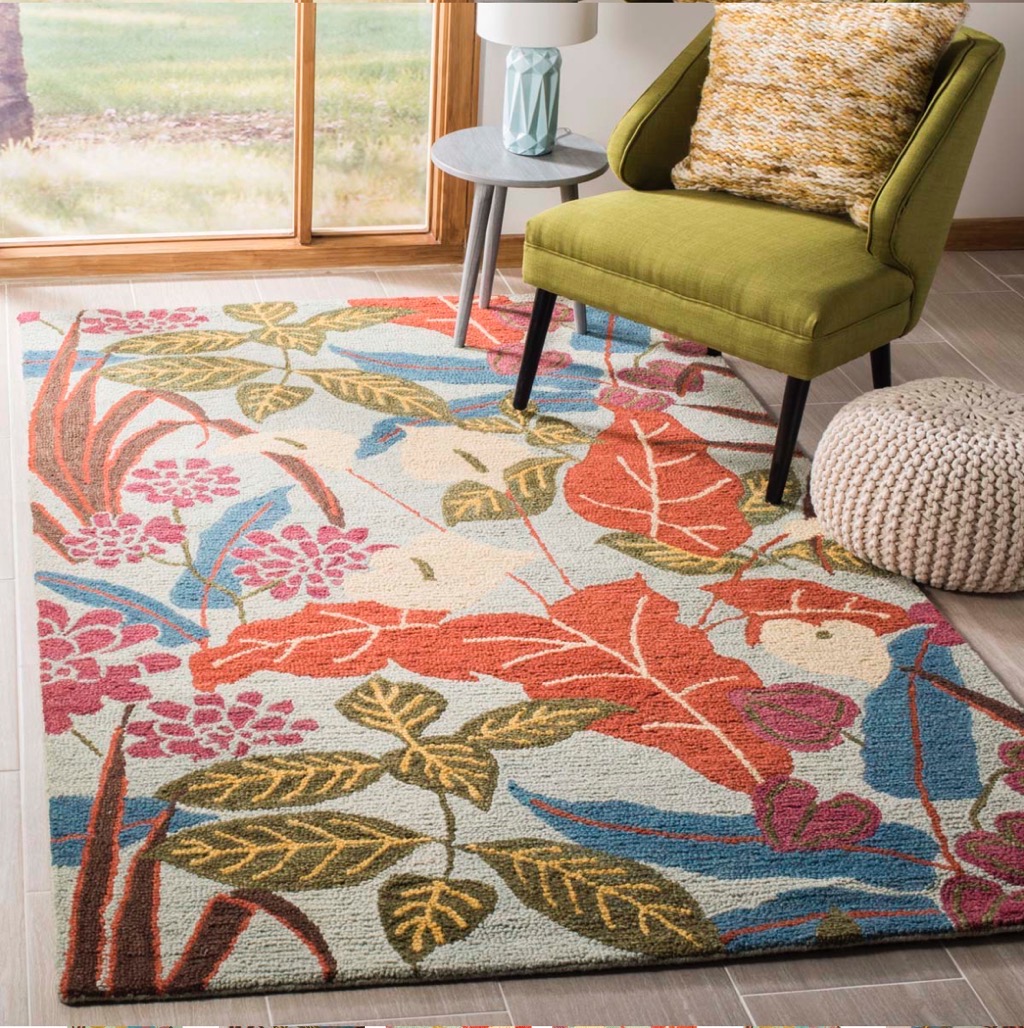
source :rugsway.com
Wool is another swell classic rug material. It offers a unique natural aesthetic and a sense of luxury but without the finickiness of animal hides and reed materials. We are talking about excellent insulation and natural resistance to stains and flames, meaning you have durability and low maintenance requirements going for you. But the cost may be out of your range.
Plus, wool mats do some shedding when they are still new and the fibers themselves may cause adverse reactions in some people.
Cotton
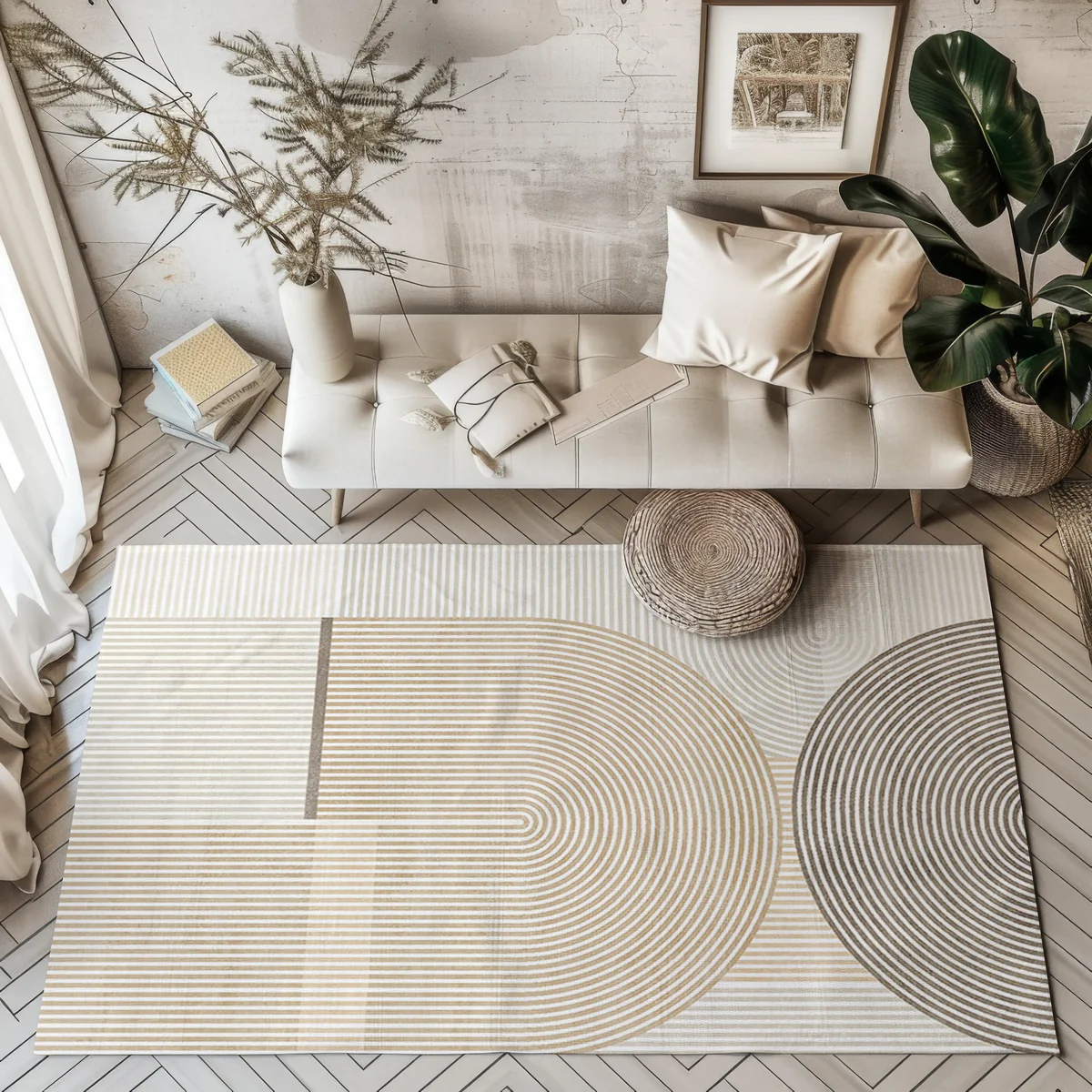
source :rugsway.com
Soft, breathable yet warm, and spongy, the mark of a cozy and inviting place, –these are the characteristics of cotton rugs. They are often more affordable and mostly tolerated well unlike wool rugs which tend to be on the expensive end and have a high allergenic potential.
This makes cotton rugs suitable for use in various areas but most people prefer them in bedrooms and living rooms as a mark of luxury and sophistication. Of course, that’s advantageous because it would be a waste anywhere else.
Plus, they tend to stain and wrinkle more than wool rugs so it’s best to keep them where there’s less traffic and other human activities.
That being said, the other advantage is that cotton rugs can be machine-washed without issues such as shrinking, fleeting, or color blending. The same cannot be said for wool rugs which often require the expertise of professional cleaners.
Synthetic Fibers
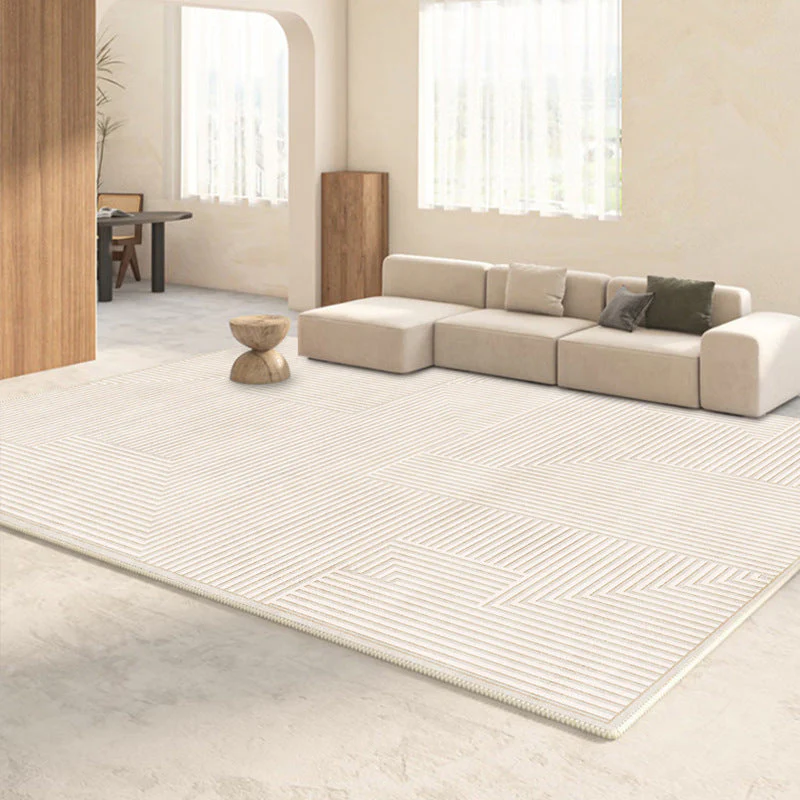
source :rugsway.com
The two types of synthetic fibers for area rugs are nylon and polypropylene. As mentioned, both materials became popular rug materials in the 20th century when they were viewed as cheaper and more durable alternatives to natural fibers such as wool and cotton. Both materials make carpets that are naturally resistant to stains and easy to clean.
However, between these two materials, nylon is softer to touch and the most resistant to wear and tear. It also takes less time to bounce back from foot traffic. However, it costs more to snag a nylon area rug than one made of polypropylene.
What to Consider When Choosing Area Rug Materials
Alright, that's about all you need to know about materials for area rugs. Good rug material can help give your place some swag while maintaining insulating and noise-reducing properties for years.
If you are ready to shop some rugs for your home, we would love to talk to you about our diverse range of vibrant products. Make the call, and let's find a rug that suits your home and personal style.


